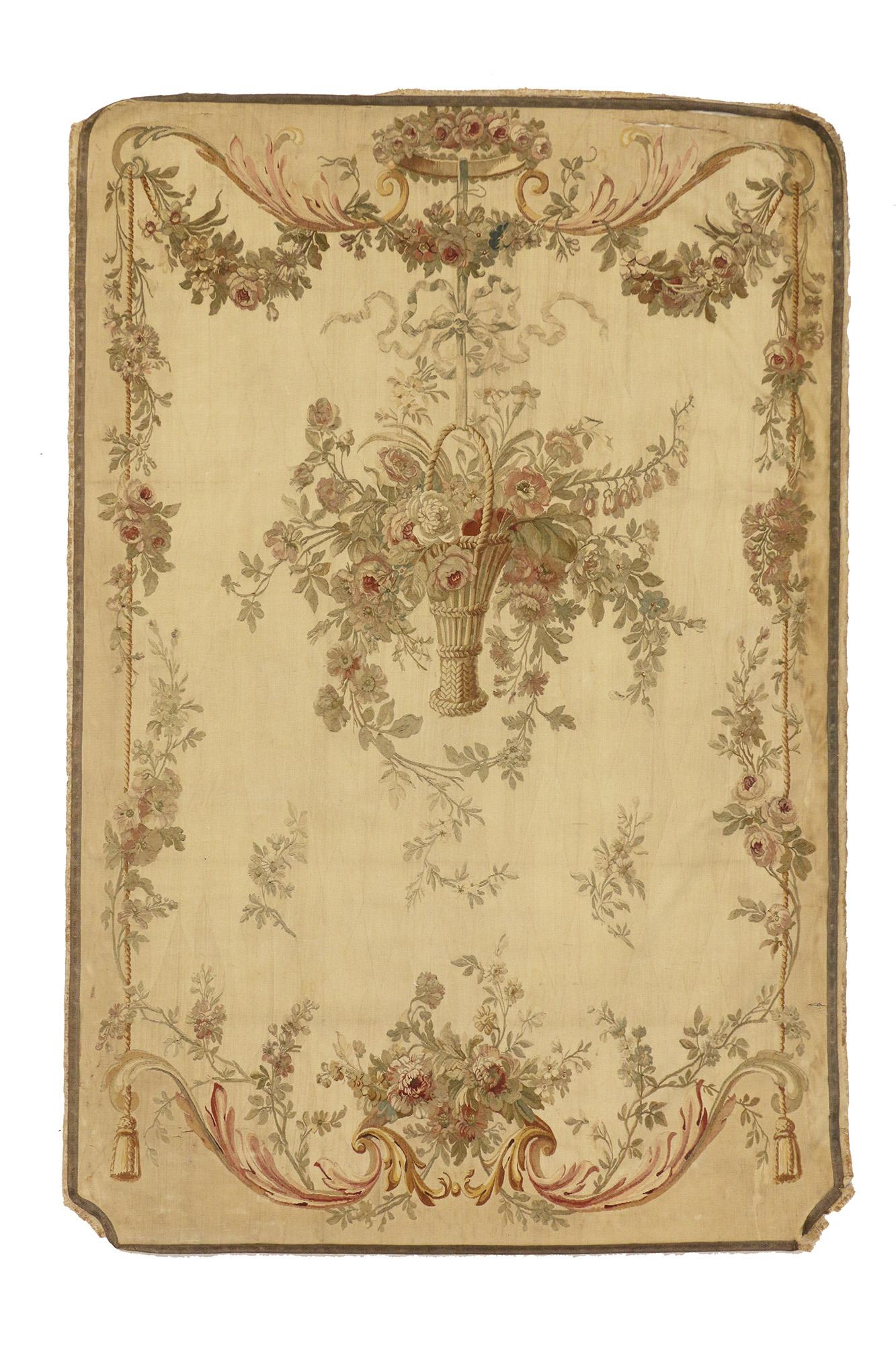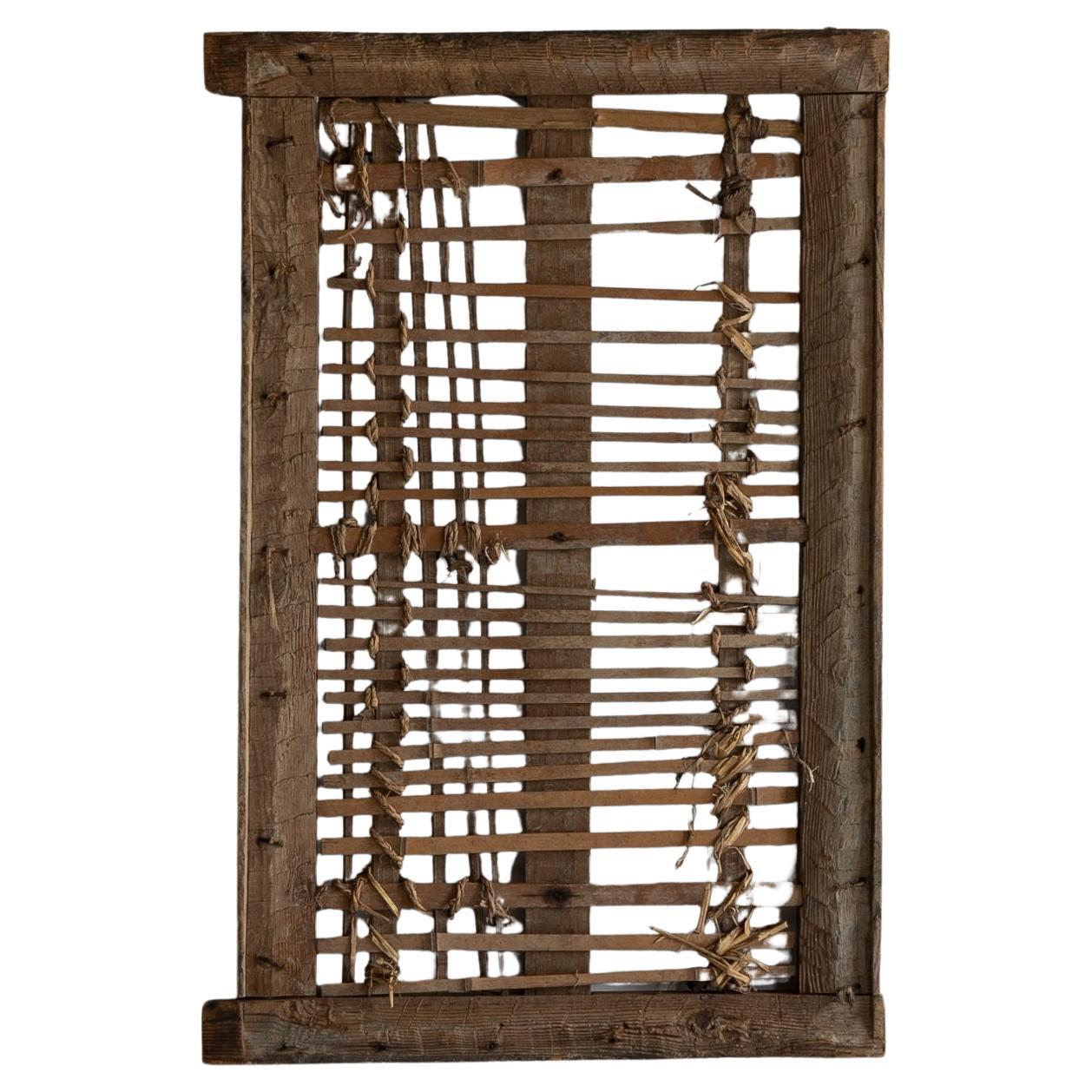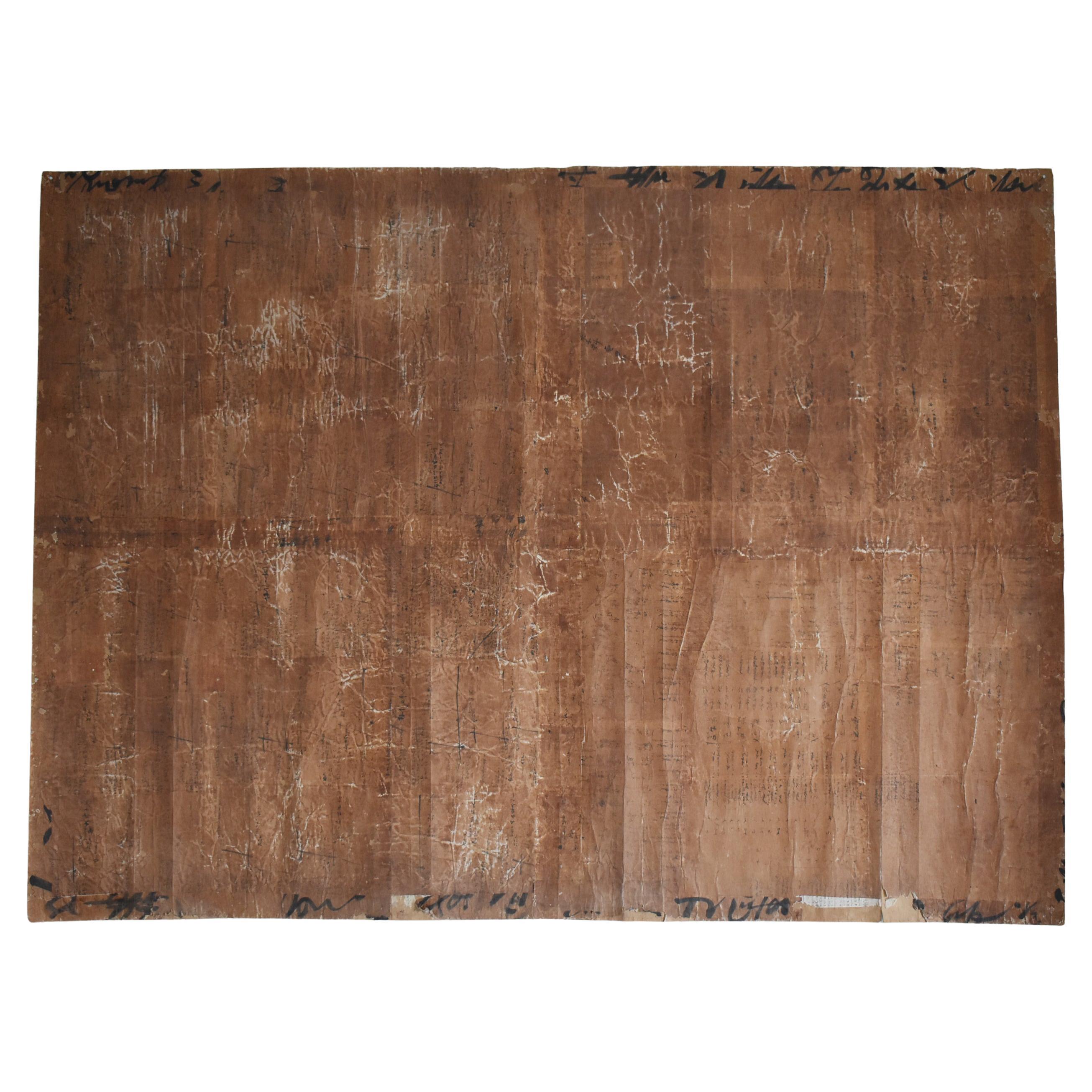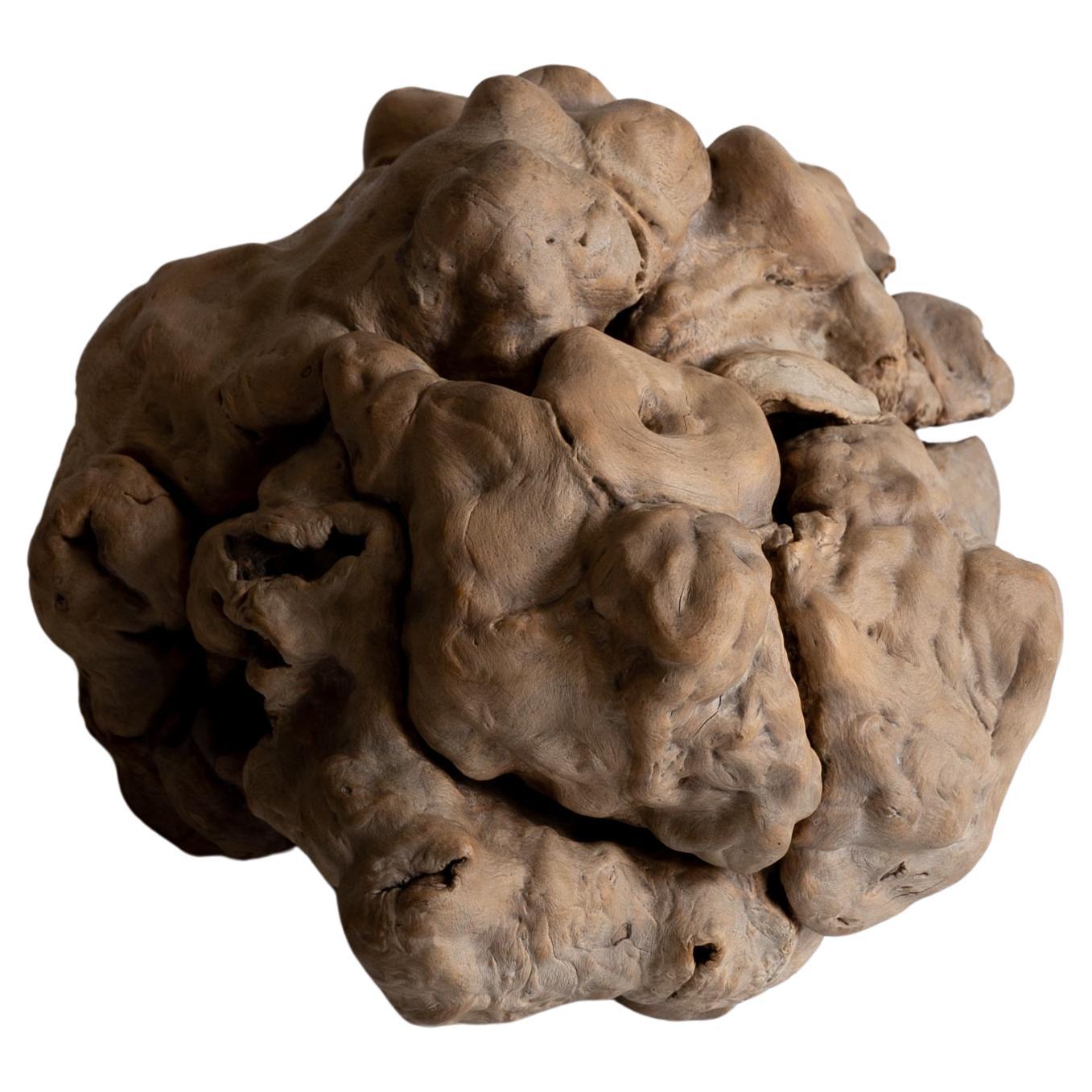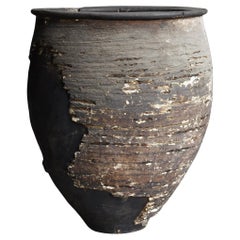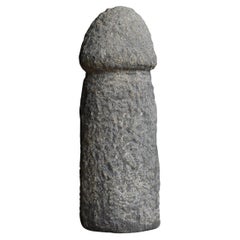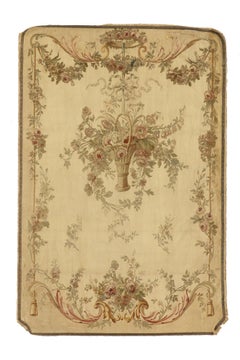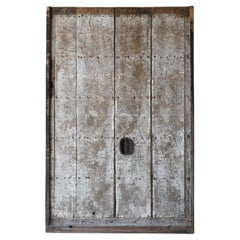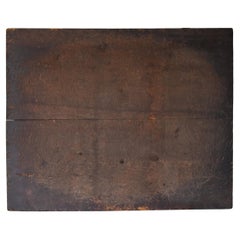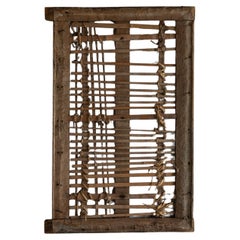Items Similar to Japanese "BORO" 1800s-1860s / Tapestry Rug Wabi Sabi
Want more images or videos?
Request additional images or videos from the seller
1 of 15
Japanese "BORO" 1800s-1860s / Tapestry Rug Wabi Sabi
About the Item
This BORO is an extremely valuable old cloth made in Japan during the Edo period (1800s-1860s).
It is filled with the wisdom and history of people's lives who, in order to survive the harsh winters of Aomori and other Tohoku regions, made the most of limited resources and continued to carefully use the cloth by “joining,” “layering,” and “sewing” it back together.
It measures approximately 1750mm x 1600mm, is approximately 10mm thick, and weighs approximately 4kg.
It has a strong presence, and when hung on a wall, it will decorate your space as a piece of powerful art.
The unique texture and coloring created by the tears, repair marks, and overlapping of different fabrics are unique and one-of-a-kind.
This BORO is imbued with the spirit of “wabi-sabi,” a uniquely Japanese aesthetic. It is imperfect, but that is where beauty is found.
The spirit of loving things that change and decay over time.
In an age when mass consumption has become the norm, the accumulation of such handcrafted work raises questions about the value of sustainable living and craftsmanship.
We hope you will enjoy this unique, quiet, and powerful beauty.
_______________________________________________
Our Philosophy
Objects always tell the truth.
All I can do is just to face with them sincerely and give
them deep affection as much as I can.
There is no boundary of nationalities and of eras in beauty.
But I think now is the time we choose 'Japanese style' and it
will be the best way to remind us of what we are losing
today and to question us about an essence of beauty again.
I hope that you can touch the memories which the objects here have,
feel and think of something invisible but exists undoubtedly.
- Dimensions:Height: 63 in (160 cm)Width: 68.9 in (175 cm)Depth: 0.4 in (1 cm)
- Style:Edo (Of the Period)
- Materials and Techniques:
- Place of Origin:
- Period:
- Date of Manufacture:1800s-1860s
- Condition:Wear consistent with age and use.
- Seller Location:Chōsei District Nagara, JP
- Reference Number:1stDibs: LU10403244637192
About the Seller
New to 1stDibs
Joined in the past six months.
No Reviews Yet
Vetted Professional Seller
Every seller passes strict standards for authenticity and reliability
Established in 2017
1stDibs seller since 2025
- ShippingRetrieving quote...Shipping from: Chōsei District Nagara, Japan
- Return Policy
Authenticity Guarantee
In the unlikely event there’s an issue with an item’s authenticity, contact us within 1 year for a full refund. DetailsMoney-Back Guarantee
If your item is not as described, is damaged in transit, or does not arrive, contact us within 7 days for a full refund. Details24-Hour Cancellation
You have a 24-hour grace period in which to reconsider your purchase, with no questions asked.Vetted Professional Sellers
Our world-class sellers must adhere to strict standards for service and quality, maintaining the integrity of our listings.Price-Match Guarantee
If you find that a seller listed the same item for a lower price elsewhere, we’ll match it.Trusted Global Delivery
Our best-in-class carrier network provides specialized shipping options worldwide, including custom delivery.More From This Seller
View AllJapanese Large Plastered Pottery Vase 1800s-1860s / Wabi Sabi
By Axel Vervoordt
Located in Chōsei District Nagara, JP
This is a very rare large ceramic vase made in Japan, Edo period (1800s-1860s).
I have been buying old tools and antiques in Japan for over 20 years, and this is the first time I hav...
Category
Antique Mid-19th Century Japanese Edo Vases
Materials
Pottery, Straw, Plaster
Japanese Stone Carving Penis 1800s-1860s / Sculpture Wabisabi
Located in Chōsei District Nagara, JP
This item is a stone carved penis statue made in Japan. It is a very rare relic of folk belief made in the late Edo period (1800s-1860s).
Since ancient times, there has been a cultu...
Category
Antique Mid-19th Century Japanese Edo Sculptures and Carvings
Materials
Stone
Japanese Wood Carving Lion 1800s-1860s / Sculpture Object Wabisabi
Located in Chōsei District Nagara, JP
This is a carved wooden lion made in Japan.
It was made during the Edo period (1800s-1860s) and still retains its strength over the years.
The material used is cedar wood, and its so...
Category
Antique Mid-19th Century Japanese Edo Sculptures and Carvings
Materials
Cedar
Japanese Primitive Armchair 1860s-1920s / Side Chair Wabi Sabi
Located in Chōsei District Nagara, JP
This primitive-style armchair is steeped in Japanese tradition and aesthetics.
It was created in the Meiji and Taisho periods (1860s-1920s) for its powerful yet delicate beauty.
Bold...
Category
Early 20th Century Japanese Primitive Armchairs
Materials
Wood
Japanese Antique Large Tansu 1860s-1900s / Cabinet Wabi Sabi
Located in Chōsei District Nagara, JP
This is a large Tansu made in Japan.
It was made during the Meiji period (1860s-1900s), and the material used is cedar wood with a beautiful grain.
The linear form, with its elimina...
Category
Early 20th Century Japanese Meiji Cabinets
Materials
Cedar
Japanese Antique Tsukubai 1860s-1900s / Stone Vase Basin Wabi Sabi
Located in Chōsei District Nagara, JP
This is an old tsukubai (stone) made in Japan.
This item was made during the Meiji period (1860s-1900s), and its natural texture over the years is attractive.
Tsukubai is a stone wa...
Category
Early 20th Century Japanese Meiji Vases
Materials
Stone
You May Also Like
1860s Antique French Silk Aubusson Tapestry
Located in Dallas, TX
73014 Antique French Silk Aubusson Tapestry, 05'00 x 07'00. French Aubusson tapestries are exquisite handwoven textiles originating from the town of Aubusson in central France. Craft...
Category
Antique Late 19th Century French Aubusson Western European Rugs
Materials
Silk
Japanese Antique Wabi-Sabi Door " Wall Decoration " 1860s-1900s
By Axel Vervoordt
Located in Sammu-shi, Chiba
This account consists of five companies.
As for me, I specialize in Japanese antiques and deal in carefully selected items.
With my 20 years of experience, I re-propose Japanese anti...
Category
Early 20th Century Japanese Meiji Decorative Art
Materials
Iron
Japanese Antique Wabi-Sabi Wooden Board 1860s-1900s / Abstract Art
Located in Sammu-shi, Chiba
This is a very old Japanese wooden workboard.
It was made during the Meiji period (1860s-1900s).
It is made of cedar wood.
Countless cuts are piled up, giving it a beautiful appeara...
Category
Early 20th Century Japanese Meiji Decorative Art
Materials
Cedar
Japanese Antique Door "Wall Decoration" 1860s-1900s / Abstract Art Wabi Sabi
Located in Sammu-shi, Chiba
This was a very old Japanese warehouse (kura) window sliding door.
It was made during the Meiji period (1860s-1900s).
The frame is made of cedar wood and the lattice is bamboo.
It w...
Category
Early 20th Century Japanese Meiji Decorative Art
Materials
Bamboo, Cedar
Japanese Antique Wall Hanging Tree Bump 1860s-1900s / Object Mingei Wabi Sabi
Located in Sammu-shi, Chiba
This is a very old Japanese tree mass.
It is designed to be hung on a wall.
It has a strong presence and is very beautiful.
It could be an accent in a modern space.
This is a very...
Category
Antique 19th Century Japanese Taisho Decorative Art
Materials
Wood
Japanese Indigo Antique Boro Futon Cover or Wall Panel
Located in Alessandria, Piemonte
Rare perfect antique collection Japanese Indigo Boro Futon cover : also to use.
The rare antique boros are now valued as pieces of art, therefore they are...
Category
Mid-20th Century Japanese Japonisme Textiles
Materials
Cotton
$2,414 Sale Price
35% Off
